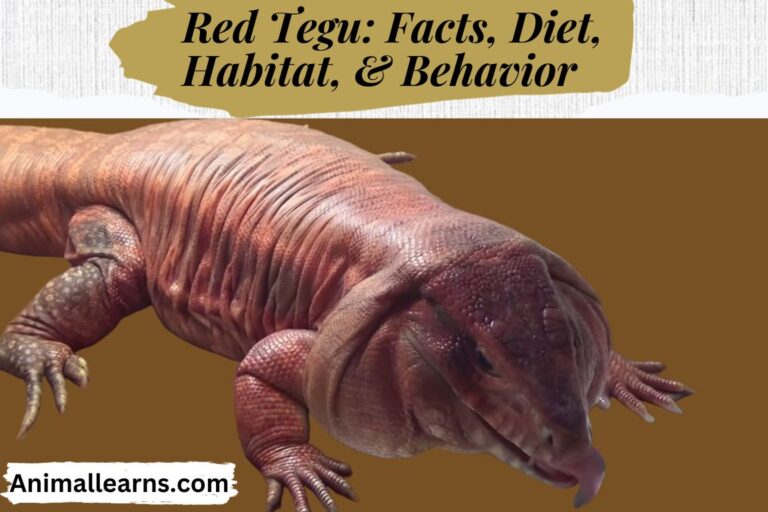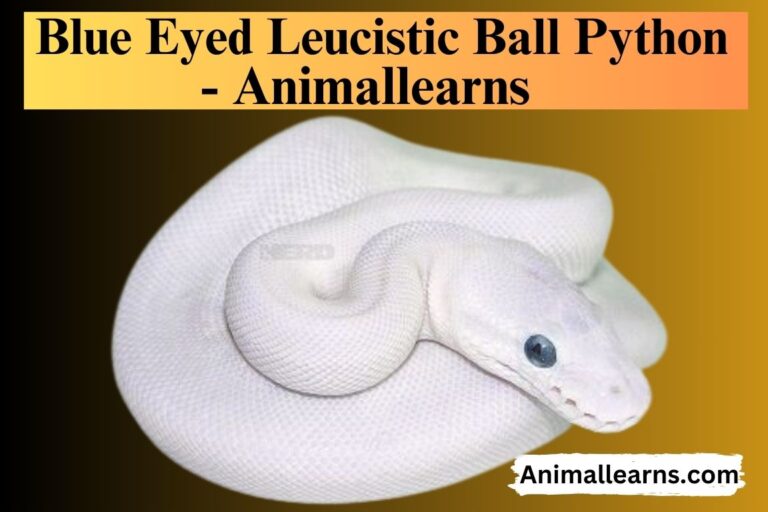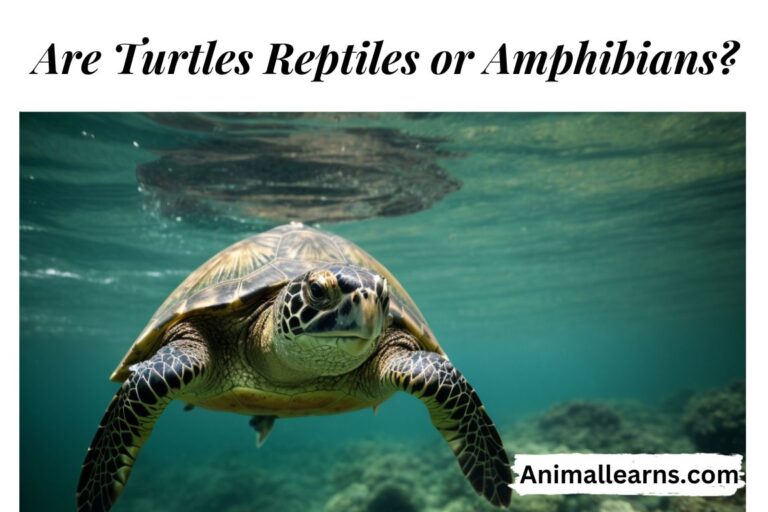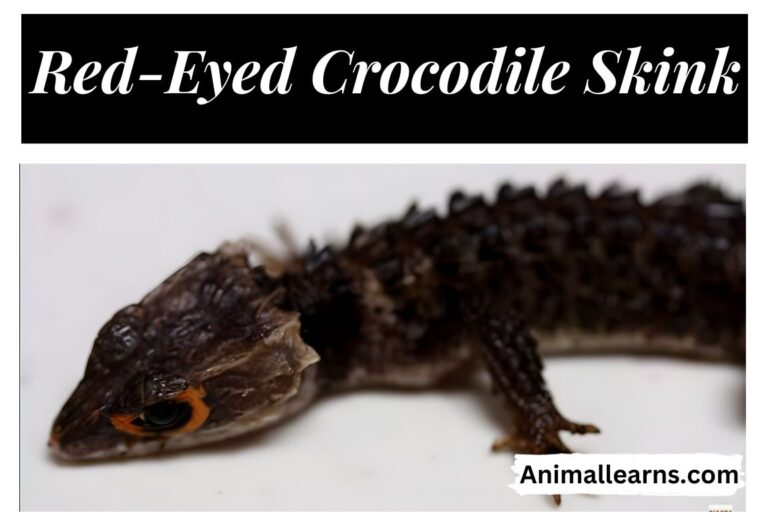Albino Bearded Dragon: Care, Diet, Price – Animallearns
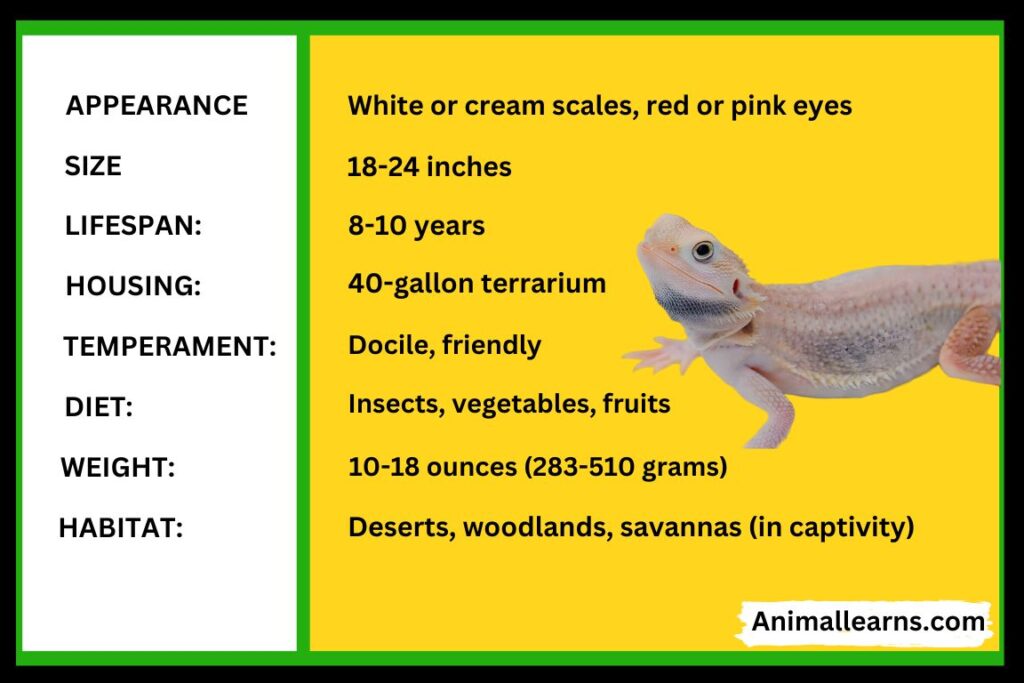
With its stunning white scales and enthralling pink eyes, the albino bearded dragon is an incredibly rare and fascinating animal. As a passionate bearded dragon breeder, John was curious to see what would happen when his third generation of yellow vitticeps hatched.
To his surprise, the majority of the newborn dragons had very light colors and red streaks down their backs, indicating a rare occurrence of albinism. Confused by the removal of the bright yellow color, John decided to raise six of these odd albino pups.
His largest albino bearded dragon, when they grew older, surprised everyone by laying three clutches of eggs by the time she was nine months old. In the realm of reptiles, they are a very rare sight. Their absence of melanin leaves them completely white, with red or pink eyes.
A white bearded dragon as a pet presents a number of special difficulties, despite the fact that the concept is intriguing. Albino dragons, in contrast to their colorful siblings, have unique requirements that must be carefully attended to, especially with regard to UVB light and heat.
While these are essential for the health of all bearded dragons, the care of albino reptiles is more sensitive due to their susceptibility to sunshine and extreme temperatures.
Prospective owners should be aware of the additional care and considerations needed to guarantee the health and happiness of their albino pet, despite the attractiveness of a white dragon with crimson eyes.
Appearance
Contents
- 1 Appearance
- 2 Do Albino Bearded Dragons Exist?
- 3 Can You Find an Albino or White-Bearded Dragon?
- 4 Should I Get a White-Bearded Dragon?
- 5 Finding an Albino Bearded Dragon for Sale
- 6 How Much Is A Bearded Dragon
- 7 How Long Do Bearded Dragons Live?
- 8 Zero Bearded Dragons
- 9 White Bearded Dragon Care
- 10 Feeding & Diet
- 11 Are white bearded dragons albinos?
- 12 Conclusion
- 13 FAQs

Although the name “albino bearded dragon” is frequently used, there aren’t any real albino bearded-dragons. This is due to the fact that genuine albinism is a hereditary disorder in which an animal’s melanin is totally absent, leaving it with pink eyes and white fur or feathers. On the other hand, melanin is necessary for bearded dragons to survive and grow.
Nonetheless, some bearded dragons have genetic abnormalities that cause them to seem very light—almost white. Many people refer to these dragons as “leucistic” or “zero” bearded dragons. Their light hue is caused by a considerable reduction in melanin, which they nevertheless possess.
The following are some physical traits that a leucistic bearded dragon may exhibit:
- Color: They have extremely light skin tones, ranging from pale cream to brilliant white. Though they are often quite modest, certain leucistic bearded dragons may show very weak markings or patterns.
- Eyes: Leucistic bearded dragons do not have red eyes, in contrast to real albino creatures. Though it might vary, their eyes are often very dark brown or black in hue.
- Scales: They may have transparent or “waxy”-looking scales.
- Beard: They might have a white or extremely light-colored beard.
Do Albino Bearded Dragons Exist?
Some private breeders selling albino reptiles are likely to stumble across your search for a rare or unique bearded dragon. However, these breeders should be avoided as they could be passing off other, more popular morphs as albinos.
In addition, albino-bearded dragons would probably require far more sophisticated care than a typical beardie due to a variety of health issues. Rather, look for pale variants if you’re drawn to all-white bearded-dragons.
There are several variations to choose from, so let’s examine some of the most well-known and widely used ones in more detail.
Can You Find an Albino or White-Bearded Dragon?
In a similar vein, albino dragons are extremely uncommon. It is regarded as the rarest variety of bearded dragon that exists.
For those who desire a white dragon, there is hope. Different morphs of pale bearded dragons resemble albinism‘s white coloration, but they lack red or pink eyes.
Here’s a brief overview of the most common light-skin morphs:
- Hypomelanistic Dragons: the most popular option, while not exclusively white
- Zero Dragons: (nearly entirely coated in a silvery white tint)
- Wero Dragons: not as white as zeros but paler than hypos
- Witblits Dragons: very pale with some dark-colored spots on their skin
Should I Get a White-Bearded Dragon?
White dragons are low-maintenance pets that make great pets. Therefore, anybody who is ready to provide them the attention they need shouldn’t think twice. Before making a final choice, I would simply advise reading the following part.
It will be an additional tool to assist you in making sure you’re prepared to care for them at all times. Several times, I would have avoided getting a pet that I wasn’t ready for by doing my homework. I would have several pet reptiles in my home if it hadn’t.
Finding an Albino Bearded Dragon for Sale
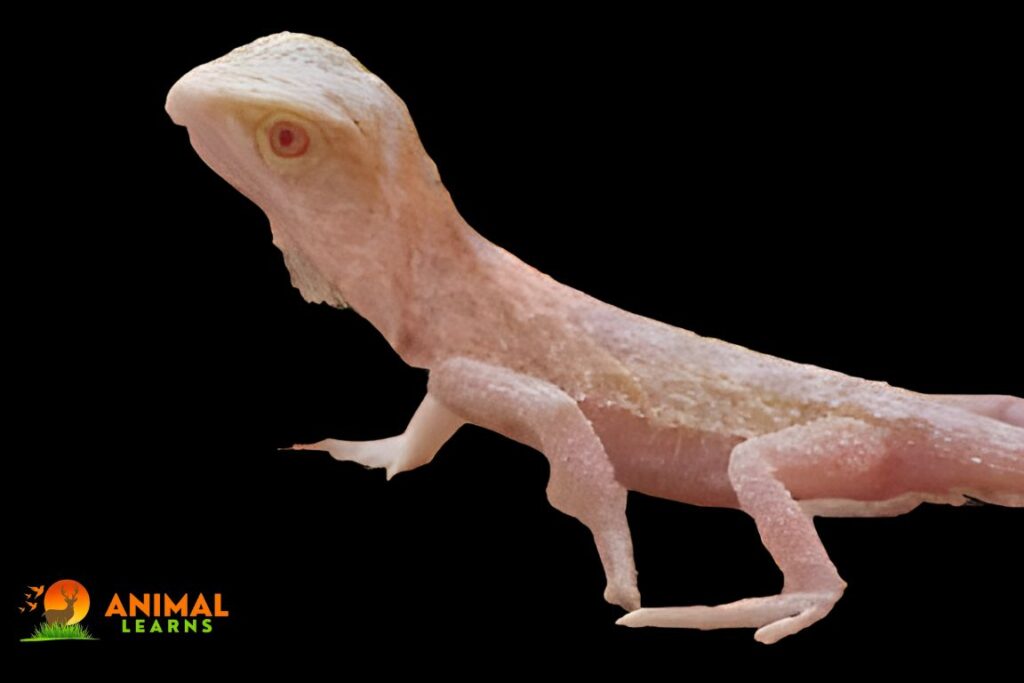
You’re not going to find a real albino bearded-dragon for sale very often. Usually, anybody claiming to be selling one is actually selling a white morph. Alternatively, they could mislead you about the level of health that a real albino would have.
If your heart is bent on a pale, uncommon bearded dragon, then it’s a better option to go with one of the morphs mentioned above. Furthermore, you shouldn’t pick it based only on how it looks. Before committing, be sure this reptile is the ideal pet for you by learning everything there is to know about its upkeep.
Wero morphs, zero, witblits, and hypo will all have different prices. In most circumstances, the more rare the morph, the more expensive it is. However, the demand for the dragon and its particular colors and patterns will also affect the price.
In general, budgeting for this will cost you at least several hundred dollars. You also need to budget for the cost of their food, veterinary care, cage setup, and enclosure maintenance in addition to this initial expense. The cost of these fascinating reptiles can rival that of more substantial pets.
How Much Is A Bearded Dragon
Age, pedigree, health, and gender are just a few of the variables that might affect a bearded dragon’s cost. In general, the cost of a baby bearded dragon is $200–500, that of a juvenile is $400–800, and that of an adult is $600-1,000. On the other hand, rare lineages or dragons from reputable breeders may cost a lot more.
Here is a general range of prices for albino bearded dragon:
Baby: $200-$500
Juvenile: $400-$800
Adult: $600-$1,000
How Long Do Bearded Dragons Live?
The typical lifespan of a bearded dragon is 8 to 12 years. Nonetheless, some bearded dragons may survive up to 15 years or longer if given the right care!
The following variables may have an impact on a bearded dragon’s lifespan:
- Genetics: Some bearded dragon lineages are just born with a greater life expectancy.
- Diet: The key to a long life is a nutritious diet high in vitamins and minerals.
- Exercise: To be healthy and keep their immune systems robust, bearded dragons require frequent exercise.
- Environment: For their wellbeing, an enclosure of the right size with the right humidity, lighting, and temperature is essential.
- Veterinary care: Routine examinations by a veterinarian specializing in reptiles can help detect and treat health issues early on.
Zero Bearded Dragons
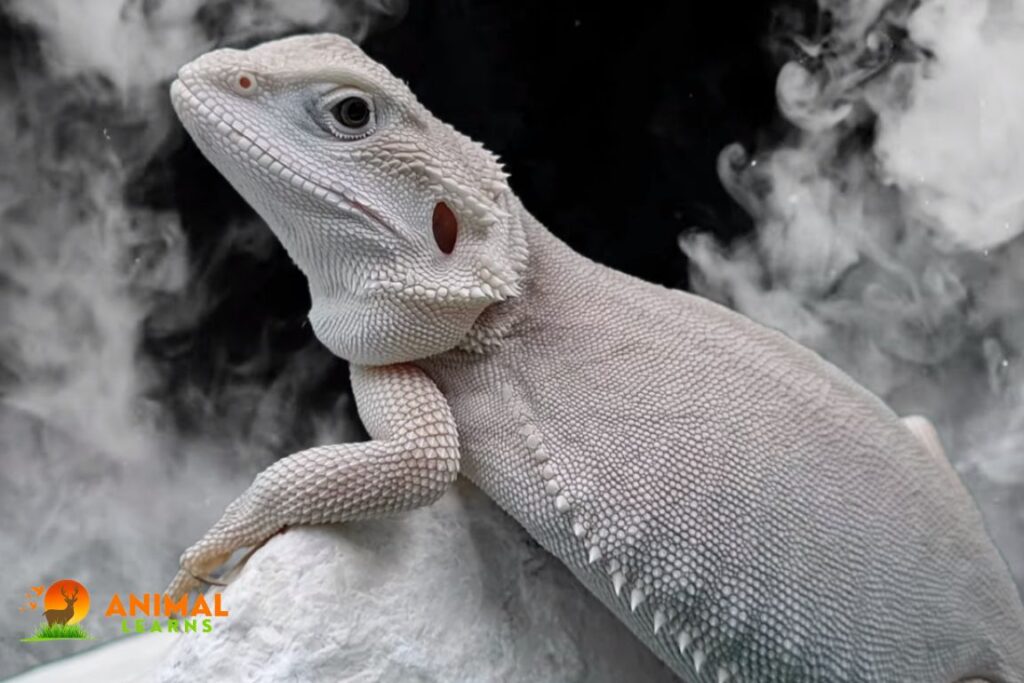
The zero morph can be your top choice if you like the concept of having a bearded dragon that is entirely white. Bearded dragons without hair do not exhibit patterns similar to hypomorphs and melanin-rich morphs.
While they may have a few bright colored spots, their entire body is typically a very pale silvery-white tint. In contrast to albinos, their eyes are black. Zero morphs come in a range of colors, from virtually pure off-white to dark silver or gray.
A zero-bearded dragon may still produce pigment, thus it is not an albino. Their black eyes and the silvery tone of their scales are evidence of this. It could still be difficult to find one even if this morph is becoming more and more common.
White Bearded Dragon Care
Hypomelanistic or white-bearded dragons are stunning and well-liked companion animals. Because they lack pigment and are therefore more vulnerable to sunlight, they need special attention. To help you give your white-bearded dragon the best care possible, consider the following guide:
- Size: Juveniles can begin in a 40-gallon breeder tank, while adults require a minimum of a 75-gallon tank.
- Substrate: Use desert sand, reptile carpet, or a mix as the substrate. Steer clear of gravel and wood particles as they might become swallowed and cause impaction.
- Heating: Use a basking lamp to create a 100–110°F (37–43°C) basking zone on one side of the cage. For lower temperatures at night, you can utilize an under-tank heater or a ceramic heater.
- Lighting: Use a 10% UVB output UVB bulb and change it every six months.
Feeding & Diet
Due to their fragile skin, they require the same nutrition as their non-albino counterparts, with a few extras. This is a summary of what they should eat:
Similar to their regular counterparts, they are omnivores that need a variety of foods, including fruits, vegetables, and insects, in order to survive. But because they lack melanin pigment, they are more vulnerable to heat and sunshine, thus their feeding schedule needs to be modified.
| Food Category | Examples | Frequency | Notes |
| Live Insects | Crickets, Dubia Roaches, Mealworms, Silkworms | Daily for juveniles, 3-4 times per week for adults | Dust with calcium powder 3-5 times per week |
| Leafy Greens | Collard Greens, Kale, Mustard Greens, Turnip Greens | Daily | Wash and chop into bite-sized pieces |
| Vegetables | Carrots, Bell Peppers, Sweet Potatoes, Butternut Squash | 2-3 times per week | Wash and chop into bite-sized pieces |
| Fruits | Apples, Bananas, Berries | Occasional treat | Offer sparingly as they are high in sugar |
| Calcium Powder | Rep-Cal Calcium with D3 | 3-5 times per week | Dust insects before feeding |
| Vitamin D3 Powder | Rep-Cal Herptivite Multivitamin | 2-3 times per week | Dust insects or sprinkle on vegetables |
Are white bearded dragons albinos?
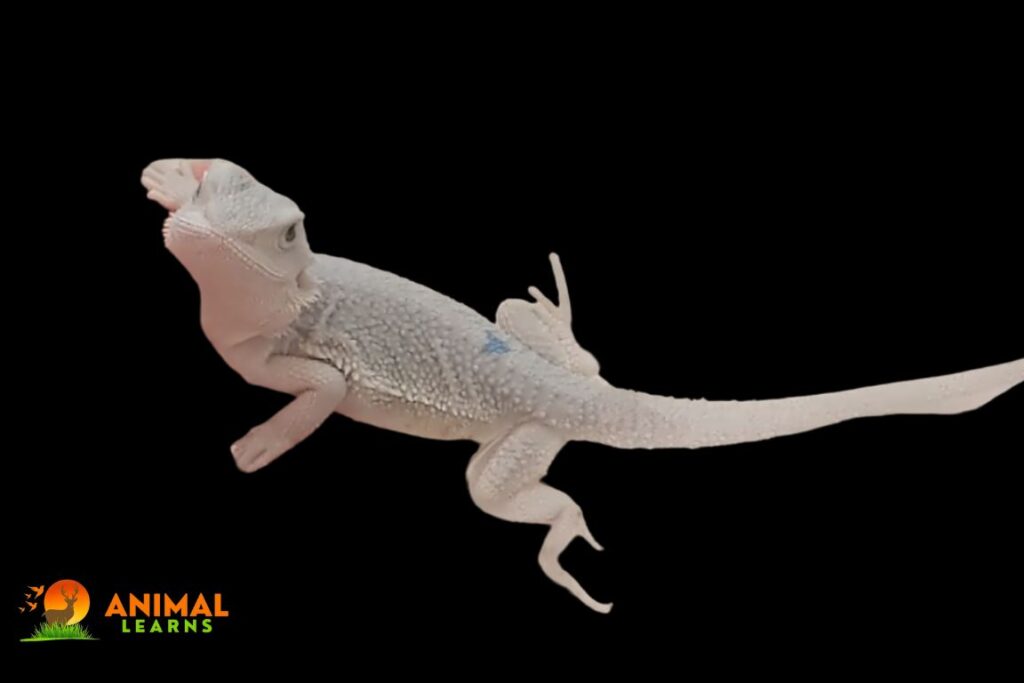
No, white-bearded dragons are not actually albinos. They are white instead of transparent with pink eyes like real albinos, although not having the characteristic patterns and markings of their regular counterparts. This is because they still have some melanin.
These dragons are descended from another genetic abnormality called the “zero” morph. Even though they have amazing eyes, the real albino bearded dragon is extremely uncommon and frequently have health issues as a result of their lack of pigment.
Conclusion
With their appealing crimson eyes and stunning white scales, albino bearded dragons are fascinating animals. These dragons have a distinctive look, but since they lack color, they are more vulnerable to heat and sunshine and need special care.
These unique creatures may delight and amaze reptile lovers for many years to come with careful ownership, good husbandry, and a dedication to their well-being.
FAQs
Are albino bearded dragons rare?
Yes, these are rarer than their standard counterparts. This is due to the specific genetic mutation required for their white appearance.
Do albino bearded dragons have any health problems?
Indeed, compared to their normal counterparts, they are more uncommon. This is because they have a certain genetic mutation that makes them seem white.
What is the lifespan of an albino bearded dragon?
Similar to regular bearded dragons, they may live for 8 to 15 years with the right care.
What is the best diet for an albino bearded dragon?
Like regular bearded dragons, they require a variety diet of fruits, vegetables, and insects. To guarantee adequate calcium absorption and avoid health issues, it is important to sprinkle their diet with calcium powder and vitamin D3 powder.
Can I handle my albino bearded dragon?
You can take delicate care of your bearded dragon, yes. When they become used to it, progressively extend the handling duration throughout your brief initial sessions. Do not grip them by the tail; instead, support their body.







